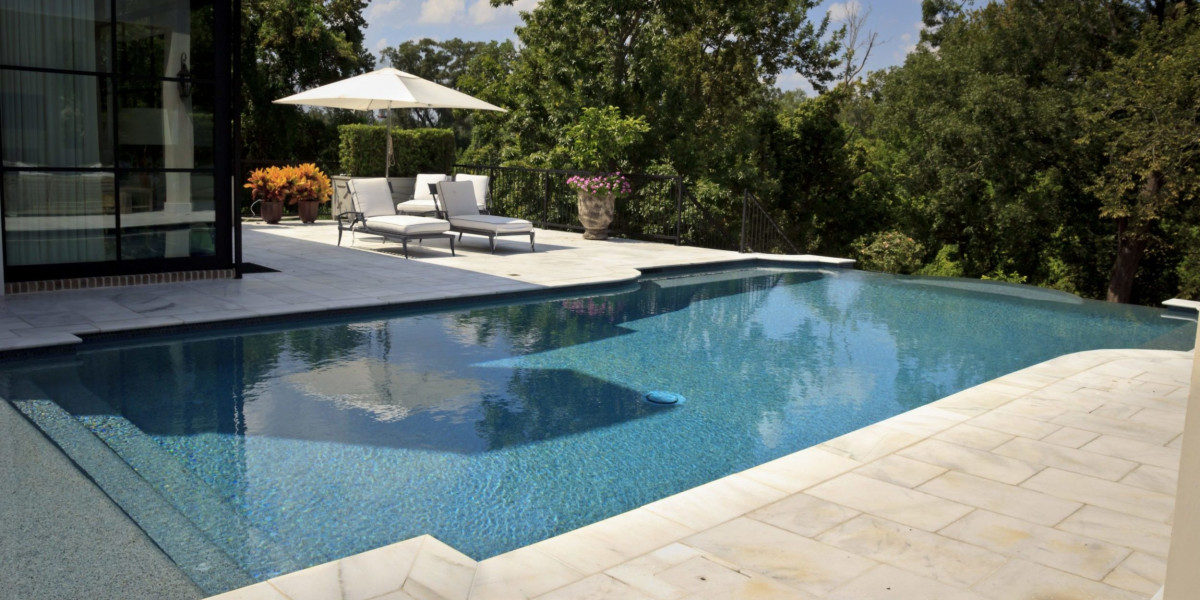When it comes to maintaining a swimming pool, one of the most crucial aspects to consider is the pool finish. The finish not only affects the aesthetic appeal of the pool but also its longevity, maintenance needs, and overall performance. With a variety of options available, choosing the right pool finish can be overwhelming. This comprehensive guide will delve into the different types of pool finishes, their benefits and drawbacks, and how to select the best finish for your swimming pool.
Types of Pool Finishes
Plaster Finishes
Plaster finishes are one of the most traditional and commonly used pool finishes. Made from a mixture of white cement and fine marble aggregates, plaster provides a smooth and classic look. The most popular plaster finish is white plaster, but it can also be tinted with various colors to achieve different effects.
Advantages:
- Affordability: Plaster is generally less expensive compared to other finishes, making it a cost-effective option for many homeowners.
- Smooth Surface: The smooth, even texture of plaster can enhance the comfort of swimmers.
- Customizable: Tinted plaster can give the pool a unique color, allowing for customization to match the surrounding landscape.
Disadvantages:
- Durability: Plaster finishes are susceptible to staining, etching, and cracking over time, particularly if the pool water is not properly balanced.
- Maintenance: Regular maintenance is required to prevent damage and maintain the finish’s appearance.
- Roughness Over Time: Although initially smooth, plaster can become rough and abrasive as it ages.
Aggregate Finishes
Aggregate finishes are a blend of plaster mixed with natural stones, glass beads, or synthetic materials. This type of finish offers a textured surface that can add visual interest to the pool. There are several variations of aggregate finishes, including pebble, quartz, and glass.
Advantages:
- Durability: Aggregate finishes are more resistant to staining, scratching, and general wear and tear compared to traditional plaster.
- Aesthetic Appeal: The natural stones or glass beads used in aggregate finishes can create a sparkling, multi-dimensional look that enhances the pool's appearance.
- Low Maintenance: Aggregate finishes are easier to maintain and typically require less frequent repair.
Disadvantages:
- Cost: Aggregate finishes can be more expensive than plaster due to the cost of materials and the complexity of installation.
- Texture: The textured surface of aggregate finishes can be rough on the feet, which may be uncomfortable for some swimmers.
- Installation Time: The installation of aggregate finishes can take longer compared to plaster, which might delay the pool's usability.
Tile Finishes
Tile finishes involve covering the pool interior with ceramic, porcelain, or glass tiles. Tiles are available in a wide range of colors, patterns, and sizes, offering unparalleled customization options. Glass tiles, in particular, are known for their vibrant colors and reflective properties.
Advantages:
- Durability: Tiles are highly resistant to staining, chipping, and fading, making them a long-lasting option.
- Low Maintenance: Tile surfaces are easy to clean and maintain, requiring minimal upkeep compared to other finishes.
- Aesthetic Versatility: With numerous design options available, tiles can create unique and stunning visual effects.
Disadvantages:
- Cost: Tile finishes are often the most expensive option due to the cost of materials and labor for installation.
- Installation Complexity: Proper installation of tiles requires skilled labor to ensure a watertight and aesthetically pleasing finish.
- Grout Maintenance: The grout lines between tiles can attract dirt and require periodic cleaning to maintain the pool's appearance.
Pebble Finishes
Pebble finishes are a type of aggregate finish that uses natural pebbles or stones mixed with plaster to create a textured surface. This finish provides a rugged, natural look and is often used in pools designed to blend with a natural landscape.
Advantages:
- Natural Aesthetic: The use of natural pebbles gives the pool a rustic and organic appearance that complements natural surroundings.
- Durability: Pebble finishes are highly durable and resistant to damage from pool chemicals and environmental factors.
- Slip Resistance: The textured surface of pebbles provides better traction, reducing the risk of slipping.
Disadvantages:
- Cost: Pebble finishes can be more expensive due to the cost of materials and labor.
- Surface Texture: The rough texture of pebbles may be uncomfortable for some swimmers, particularly for those with sensitive feet.
- Installation Time: Like other aggregate finishes, pebble finishes can take longer to install.
Factors to Consider When Choosing a Pool Finish
Climate and Environment
The local climate and environmental conditions play a significant role in determining the best pool finish. In regions with extreme temperatures or high humidity, some finishes may perform better than others. For example, tile finishes and aggregate options are often preferred in areas with harsh weather conditions due to their durability and resistance to environmental damage.
Budget
Your budget is a crucial factor in deciding on a pool finish. While plaster and some aggregate finishes are more affordable, options like tile and high-end aggregates can be significantly more expensive. It’s important to balance your budget with your desired aesthetic and maintenance preferences.
Aesthetic Preferences
The visual appeal of the pool finish can greatly influence the overall look of your pool. Consider how different finishes will complement your pool’s design, landscaping, and surrounding architecture. For a classic and timeless look, plaster or tile finishes might be ideal. For a more natural and textured appearance, aggregate or pebble finishes could be the best choice.
Maintenance Requirements
Different pool finishes come with varying levels of maintenance. Plaster and aggregate finishes generally require more regular upkeep to prevent staining and damage, while tile finishes are easier to clean but may involve grout maintenance. Assess how much time and effort you’re willing to invest in maintaining your pool to choose a finish that aligns with your preferences.
Longevity
The longevity of a pool finish is an important consideration for long-term satisfaction. Finishes like tile and high-quality aggregate options typically offer greater durability and a longer lifespan compared to plaster. Evaluate how long you plan to keep your pool and choose a finish that will stand the test of time.
Conclusion
Choosing the right pool finish involves careful consideration of various factors, including durability, cost, aesthetic appeal, and maintenance requirements. Whether you opt for the classic look of plaster, the textured appeal of aggregate, or the luxurious finish of tile, each option has its unique benefits and drawbacks. By understanding the different types of pool finishes and their characteristics, you can make an informed decision that enhances the beauty and functionality of your swimming pool. Ultimately, the best pool finish for you will be the one that meets your needs, fits your budget, and complements your overall vision for your outdoor space.


